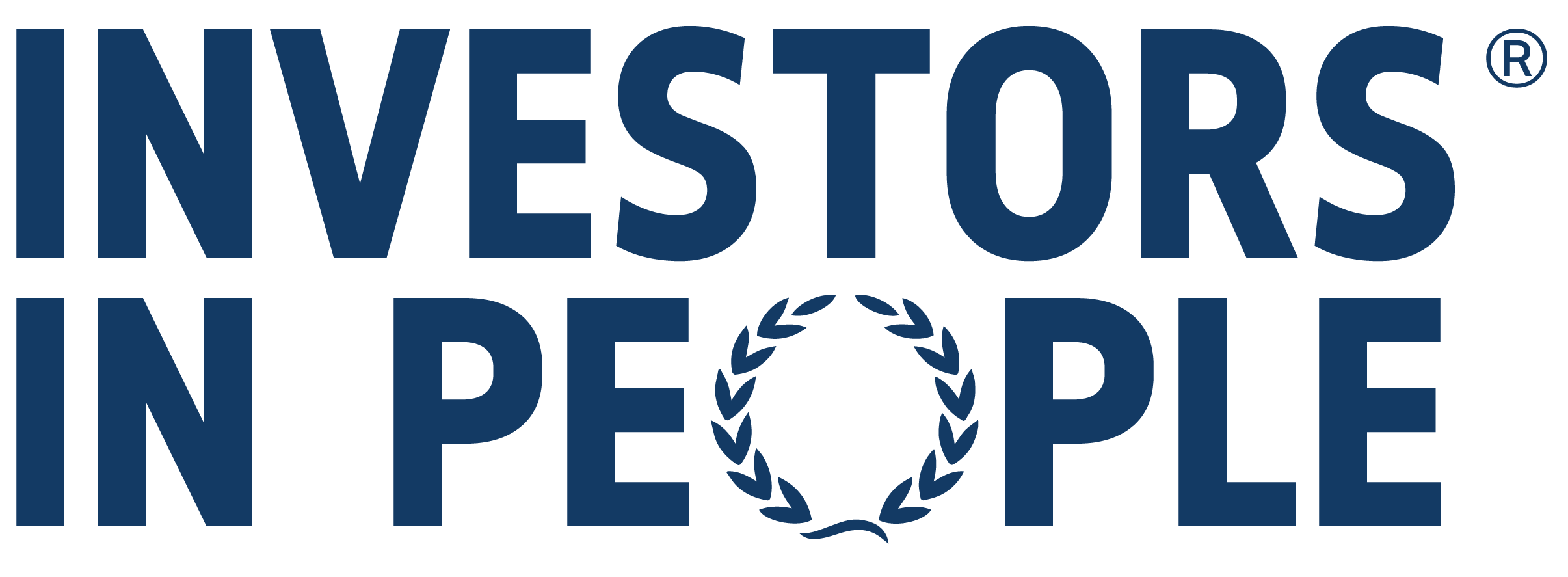Inclusive workplaces are fantastic. When people feel valued and included, they bring their best selves to work. Their wellbeing improves, which improves productivity, which then improves wellbeing.
It’s a virtuous circle: one of those ideas that delivers oodles of upside. And most importantly, it’s the right thing to do. After all, everyone has a voice and everyone should feel valued. So why is the title of this article suggesting you need to strike a balance on inclusivity?
Let’s get it out the way: why inclusivity is great
We expect our organisations to celebrate inclusivity. We expect them to give everyone a voice and elevate their contribution so that the full benefit of diversity is felt by individuals, organisation and clients. Inclusivity is a necessary condition of progressive human society.
And while it’s ethically the right thing to do, let’s not forget there’s evidence to suggest inclusivity is great for organisations too. Researchers agree that, channelled in the right way, inclusivity is a powerful force for improving organisational performance. Who can argue with that?
If you want to be creative, you need to be inclusive. If you want to be innovative, you need to be inclusive. If you want to recruit top-notch humans in a changing world, you need to be inclusive. The same goes for creating a united team. And let’s not forget building a strong culture. And improving employer brand. The list goes on.
There’s a ‘but’ coming…
No, there’s not. Striking a balance on inclusivity is not about being less inclusive or celebrating diversity any less strongly. It’s two things. Firstly, it’s being transparent about how inclusivity and decision-making can co-exist successfully.
Most workplaces can’t work with decision-making by committee. That’s why there are leaders and managers and hierarchical levels. Inclusivity is about making sure everyone’s voice is heard and no-one feels like they don’t have a place, but it’s not about giving everyone decision-making power. This would lead to gridlock.
Secondly, it’s about educating people: being part of an inclusive organisation means not always being happy with decisions. Compromising is a core part of being inclusive. It’s inclusive to accept that what disappoints you may please others. And in complex organisations, you can’t be happy with every decision.
Step 1: The intersection of inclusivity and decision-making
Leaders must make it clear to people that their job is to take decisions and that sometimes they won’t be able to be as inclusive as possible due to internal and external factors. Most people are pretty understanding, particularly when you explain why you’ve come to a certain decision.
Sometimes it’s just as simple as varying the language you use:
“We need to move quickly on this, so…”
“I’ve made the decision because…”
Many issues are too sensitive to be discussed openly. You may not be able to share full information with people, which makes it harder for them to take part in the decision-making process.
At other times issues are too controversial to adopt a consensus-approach to decision-making. Let’s take a common one: office temperature. It’s near-on impossible to find something that pleases everyone because people are all very different. You have to strike a balance.
Step 2: Educating people on compromise and inclusivity
It’s not always obvious to people that being inclusive means accepting decisions that you might not like. But this is how communities function and how strong organisations succeed. Celebrating diversity can help people understand this.
It can actually be pretty liberating for people to accept this premise and it can help bring people together. Friction is a natural part of human relationships. You’re not always going to be happy at work but when others are happy, you should be happy. That’s pretty special.
And be more inclusive!
Don’t forget, striking a balance on inclusion is also about being as inclusive as you can be in all walks of organisational life. Self-reflection helps you be more inclusive as a leader, for example by examining your unconscious biases.
But you should also look at the behaviours of leaders you recognise as inclusive.
They invite confidence to create trust.
They ask questions.
They seek feedback.
They present problems and invite solutions.
They present solutions and invite improvements.
This is often visible from the tone of their emails to the way they present new information.
Take two minutes:
How can you be more inclusive and, at the same time, strike a decent balance when it comes to decision-making?
Looking to better understand how you can be inclusive in the workplace? Take a look at our article examining servant leadership and see if it appeals to you.







